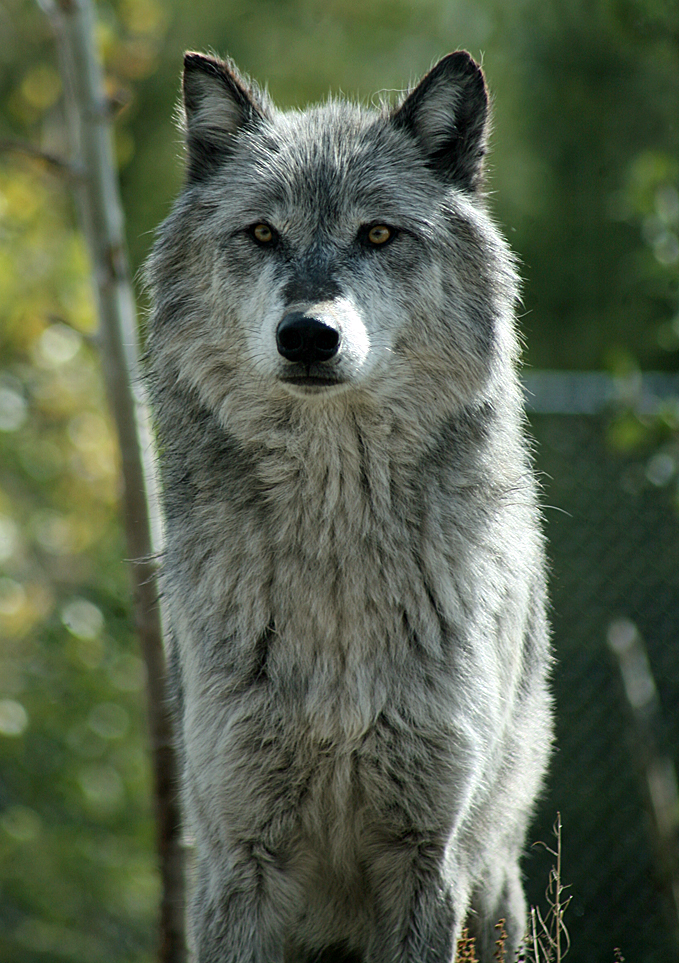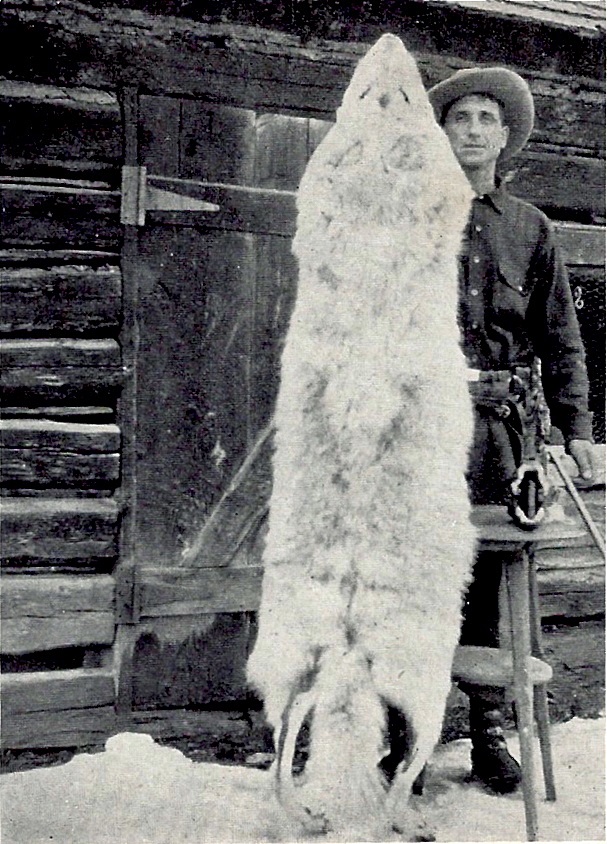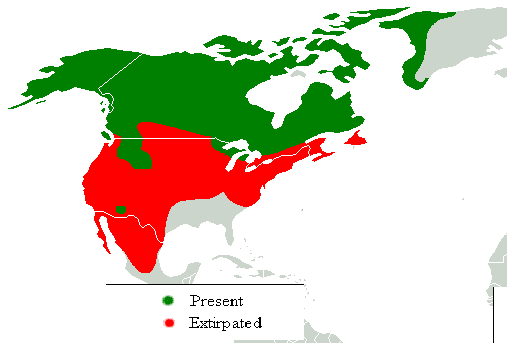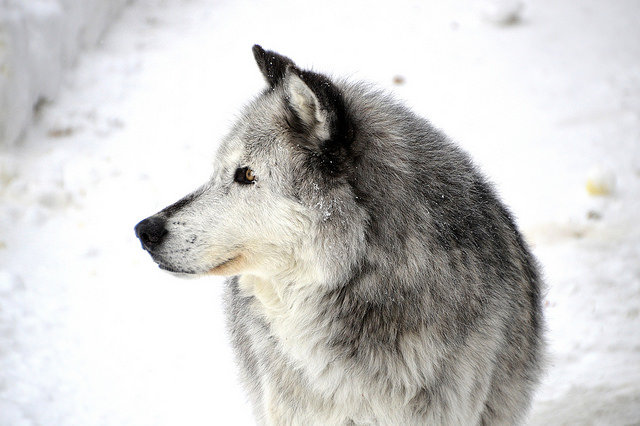From ancient stories from the Bible and historic nursery rhymes to present day depictions in Disney movies, wolves have been seen as vicious, dangerous enemies plotting against humans. European settlers to America brought with them this established fear and detest for these animals, and the wolves in North America already had the odds against them before the first ship even landed. Wolves had lived relatively peacefully with the Native Americans, who also had great respect for the animals, so they were entirely unprepared and ill-adapted to meet the new threat of Euro-Americans.
Howling not only chilled the blood of the immigrants and encouraged a fear of the wolves, but it advertised their presence very clearly for hunters. The wolves’ greatest sin, however, was taking advantage of Euro-Americans unprotected livestock, which were easy and abundant prey. Their close relatives the coyote experienced far less strife from the newcomers because of their preference for smaller prey. The wolves also entirely unprepared to confront a new species that posed an actual threat; from stories and evidence, it has also become clear that when confronted with human predators, wolves’ default response is to cower and show submissiveness in hopes their lives will be spared. Even after countless people had witnessed this non-violent response when confronted with death, wolves were still viewed as terribly vicious creatures. In fact, the cruel and torturous ways that Americans slaughtered the wolves painted us as far more vicious; wolves were lured by the hanging bodies of their offspring and mates, bludgeoned, killed slowly by dogs after being injured, bled out, mutilated, and bled out internally by hooks.
Not even the naturalists and biologists of the time batted an eyelash as the grey wolves in America were almost completely eradicated by the 1920’s, sparking the culture of the Last Wolves. The few wolves that remained were the most cunning and wily of the population, and these fierce warriors led their packs for years as they faced the professional hunters hired specifically to eradicate these remaining individuals. The public became entranced by the stories written from the perspective of these last wolves, empathizing with them as they’re finally brought down, often due to heart-wrenching stories of being lured by their dying mates or offspring. This changing of opinion as the last of the wolves were killed was too little too late, with the remaining populations only existing in the far north, mainly in Alaska and Canada.
As America became a more urbanized culture, the majority of Americans became more removed from where their food came from. The public began to warm up to the charismatic, dog-like charm of the wolves and thought less of their predation on livestock, making America’s previous vendetta against them a distant memory for most. The public’s change of heart along with the emerging conservation movement, revelations in park management, and insights about a predator’s important place in an ecosystem led to discussion of reintroducing wolves in the 1940s. However, the controversial idea did not gain traction until the Endangered Species Act was formed in 1973, which made it legally possible to carry out the idea. Between 1995 and 1996, sixty-six wolves were released into Yellowstone National Park, and the improvements they made to the ecosystem shocked the world.
The totality of these remarkable changes are exemplified the video below, explaining how the wolves’ presence altered the entire ecosystem. The wolves controlled the elk and deer population in the park, which more importantly affected the behavior of the remaining prey species, which now avoided the more open spaces and allowed the vegetation that was previously over-grazed to regenerate. The regenerating forests affected the number of birds and beavers in the area, which provided dams which benefit many more species. The wolves killed coyotes, which increased the rabbit and rodent populations, bringing more raptors, foxes, badgers, and other predatory species into Yellowstone. The most surprising change came from the remarkable change of the rivers in response to the wolves; their control of the deer and elk and the corresponding forest regeneration led to stabilized banks, which allowed the rivers to create more steady pools and ripple banks. The presence of a species, although small in number, were able to change the geography of the habitat and allowed the ecosystem to become more balanced than was even expected.
Although wolves have experienced a harrowing history, their success in reestablishing themselves in areas like Yellowstone National Park is a testament to the impressive resilience of their species. As their populations continue to grow and spread, their presence is becoming even more of a controversial subject as the fear and hate for these magnificent creatures return, indicating America’s war on wolves will likely never end. However, in America’s treasured national parks, wolves can return to their rightful place on the top of the food chain, returning Earth’s delicate ecosystems back to a state of harmony.







